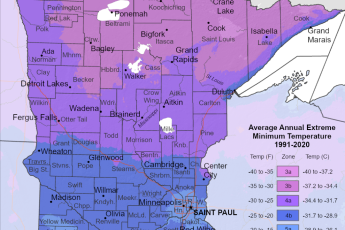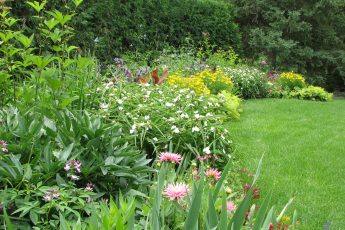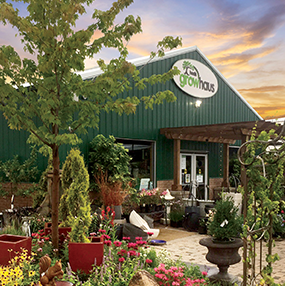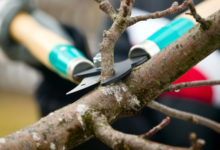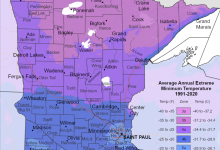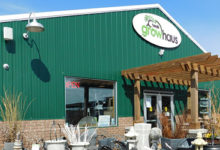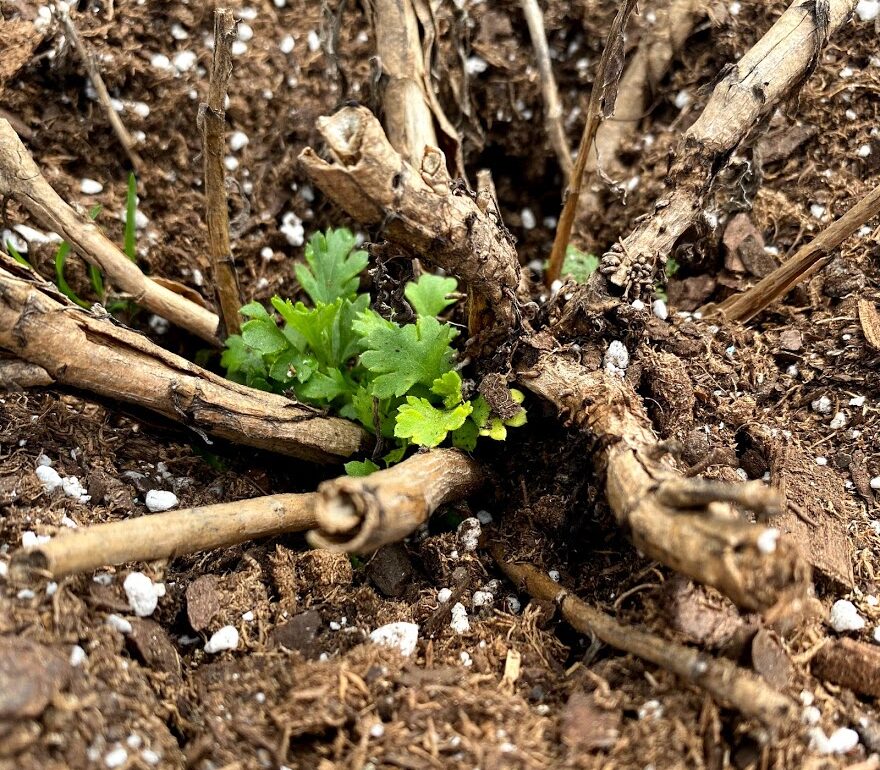
One of the greatest attributes of a seasoned gardener is the practice of patience. Patience for winter’s frost to leave the ground, patience for young plants to grow to their fullest potential and patience for those late waking plants to come to life. Before you pull out the shovel and call one of your perennials, trees or shrubs a goner look for signs of life and get to know what plants like to sleep in. Below are some of the perennials, shrubs and trees we’ve found to be the last to wake up, not poking their heads out until mid-June and in some cases of a late spring like this one, July. Read on to better understand what to dig or not to dig in early Spring.
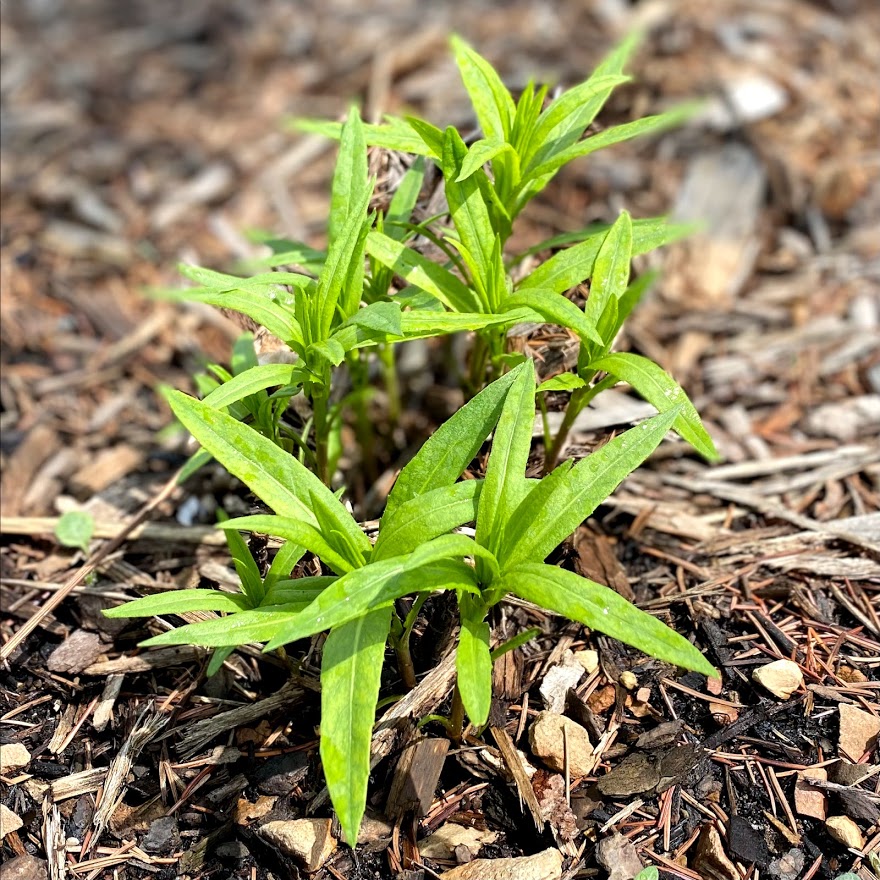
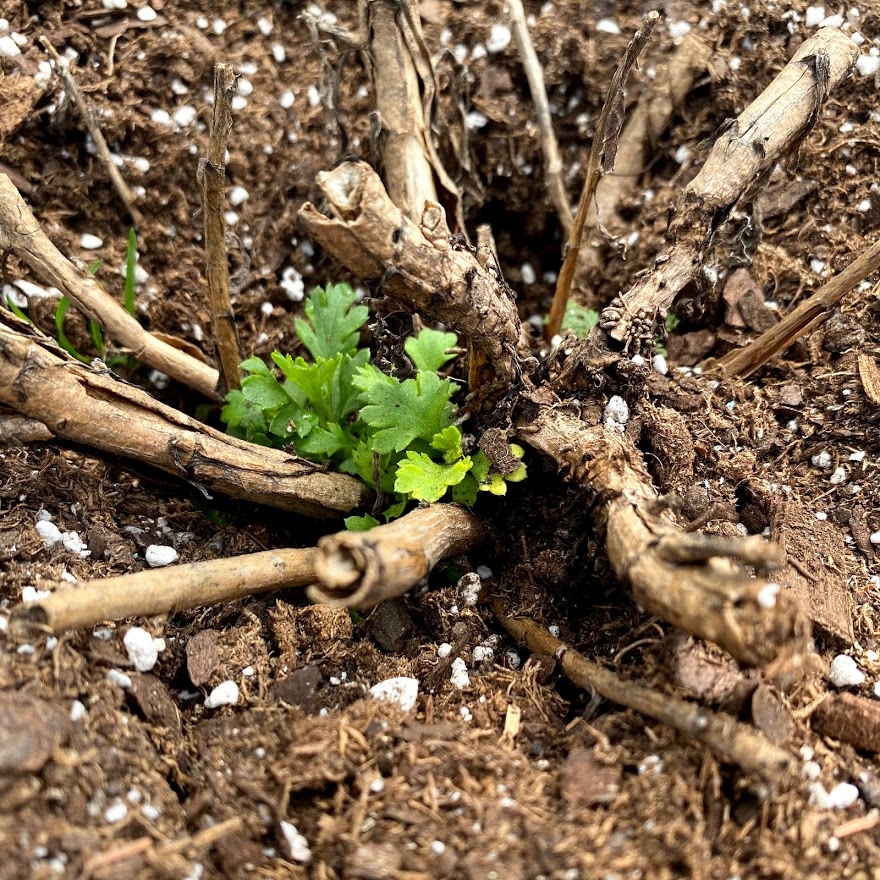
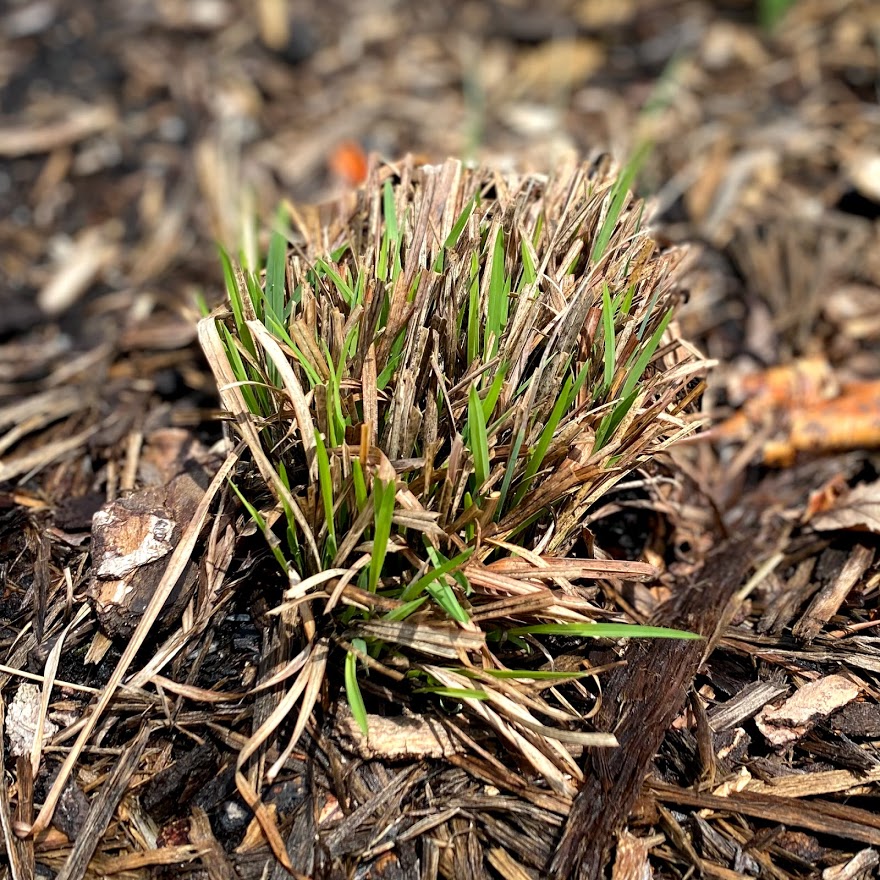
Late Emerging Perennials
• Agastache (Hyssop)
• Asclepias incarnate (Swamp Milkweed)
• Asclepias tuberosa (Butterfly Weed)
• Baptisia (False Indigo)
• Campsis (Trumpet Creeper)
• Clematis comes in late the first spring after planting
• Clethra alnifolia (Summer sweet)
• Eupatorium (Joe-pye weed)
• Ferns
• Hardy Chrysanthemum (Mums)
• Hardy Hibiscus
• Perovskia atriplicifolia (Russian Sage)
• Polygonatum (Solomon’s Seal) sometimes takes a year off after the first planting
• Platycodon grandifloras (Balloon Flower)
• Rudbeckia fulgida (Black-eyed Susan)
• Sanguinaria (Bloodroot) can be late the first year after planting
• Vernonia (Ironweed)
• Veronicastrum virginicum (Culver’s Root)
• Warm Season Grasses (Andropogon, Calamagrostis, Miscanthus sinensis)
• Wisteria
Late Emerging Shrubs
Shrubs that typically die back to the ground, like Smooth (Hydrangea arborescens) and Big-leafed Hydrangeas (Hydrangea macrophylla) as well as many roses, can also be slow to leaf out. Look for signs of life around the crown of the shrub and prune off the deadwood, the plants will break from the stubs that remain. Click here for a hydrangea pruning guide from the University of Minnesota for the best summer time blooms.
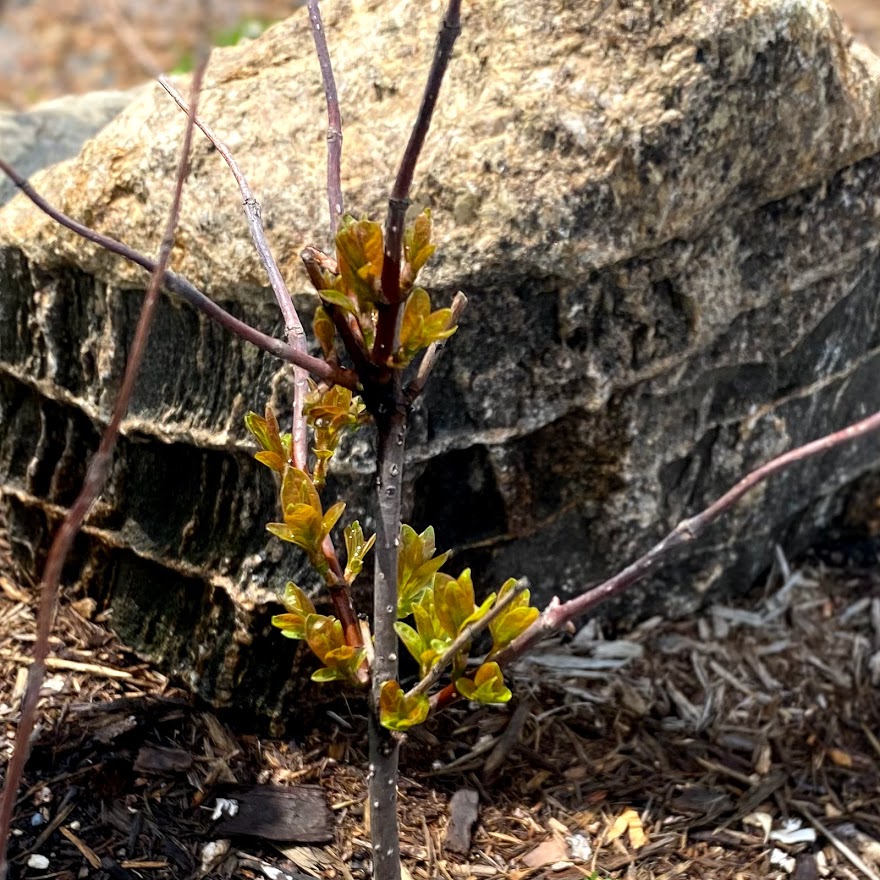
Late Emerging Trees
Softwood trees such as Birch, Poplar and many varieties of Maple are the first to leaf out in the spring. Hardwood trees such as Oaks, Locust and Catalpa stay up late (usually until mid to late November) and like to sleep in, in the spring. Hardwoods generally do not break buds until late May and even into early June in the case of a late Spring. A simple test to determine if your leafless tree is alive and well is a basic “flex test”; gently pull one branch downward and if the branch flexes, there is life in the stem.
As the saying goes, “Nature never hurries, yet everything is accomplished”, practice the patience of a gardener and give your landscape some time to wake up into it’s splendor. If you have further questions, please reach out to us at info@bloomonmn.com; we would be happy to help you assess your plants!


